Note that this is a LARGE project! I am working on writing up what I've done so far, as I'm a few months behind on documentation... But, here's a video with the current progress level!: https://www.youtube.com/watch?v=mwVzRYI0Vrk
RoboBarista: A Coffee Brewing Robot
A flexible, open source robot arm that grinds, pours, and serves only the best robotic brewed Coffee.
 Jim Shealy
Jim Shealy
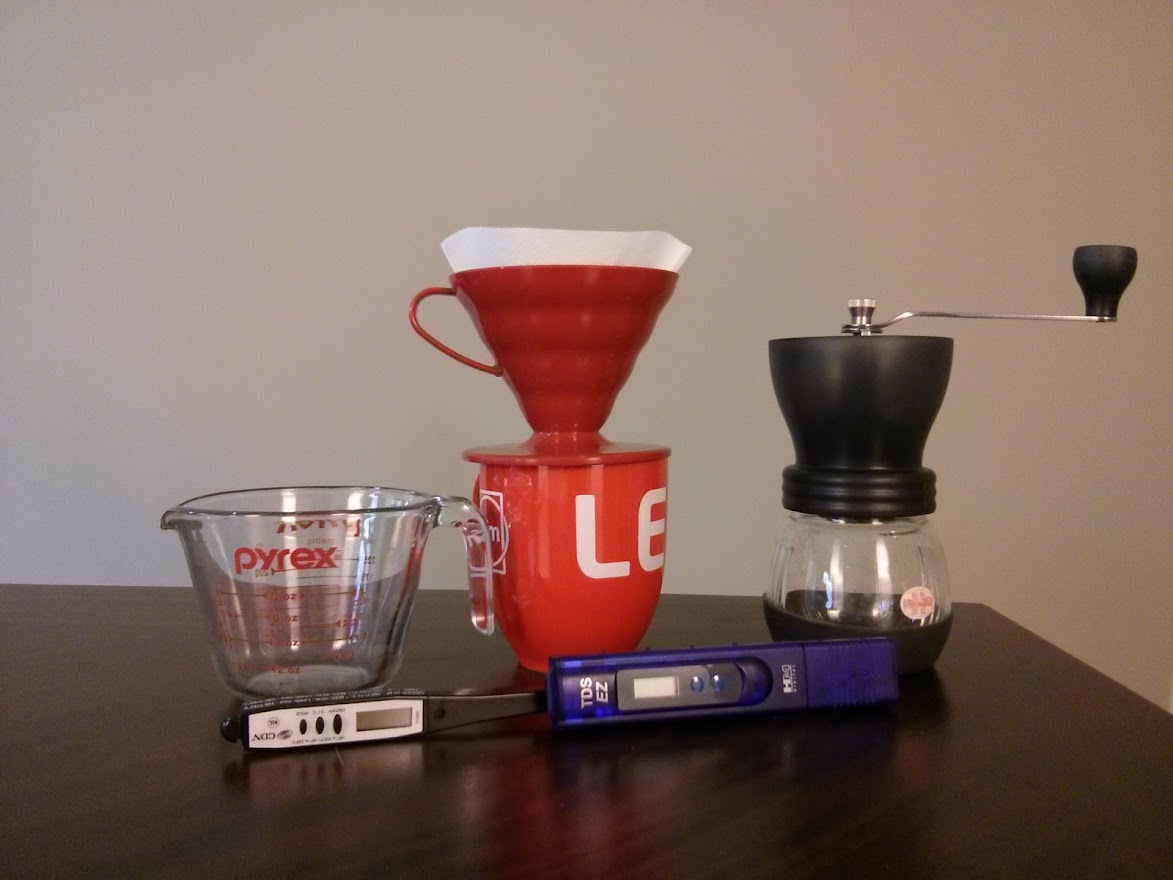
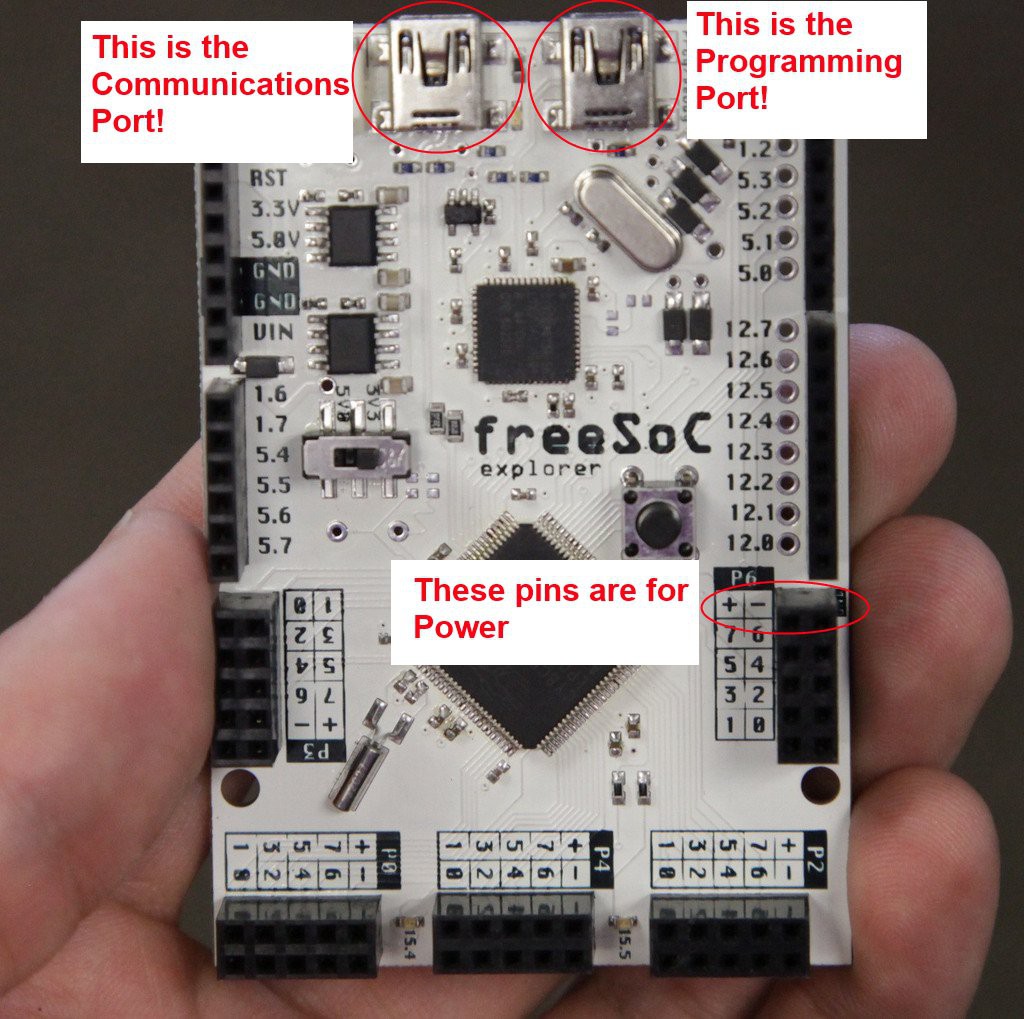
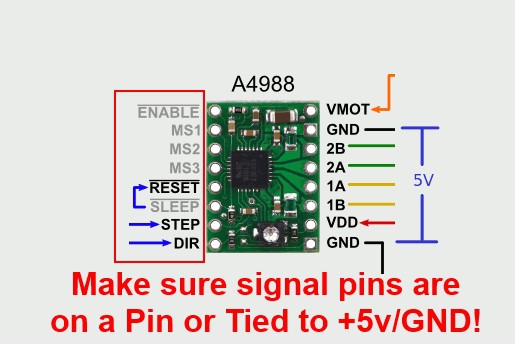
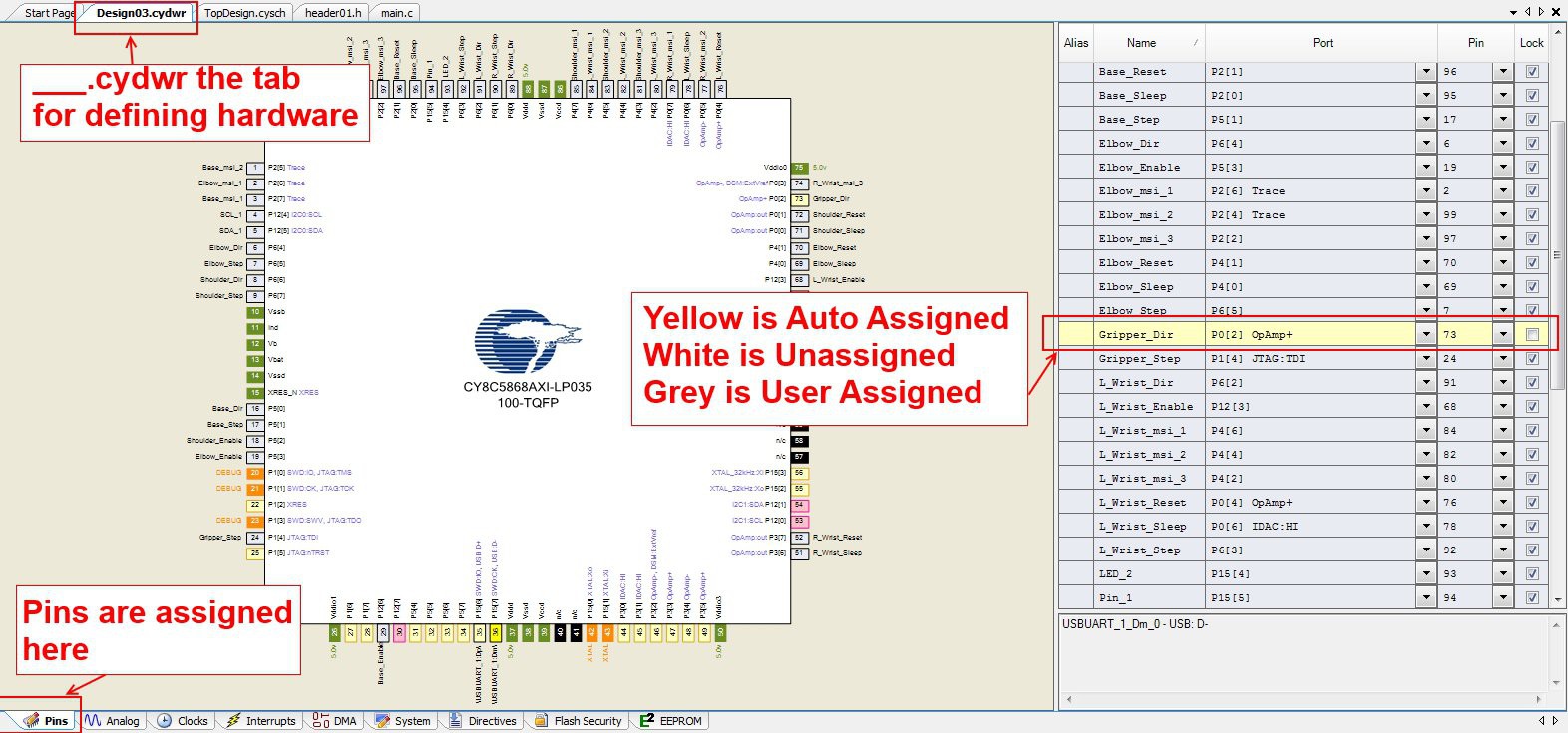
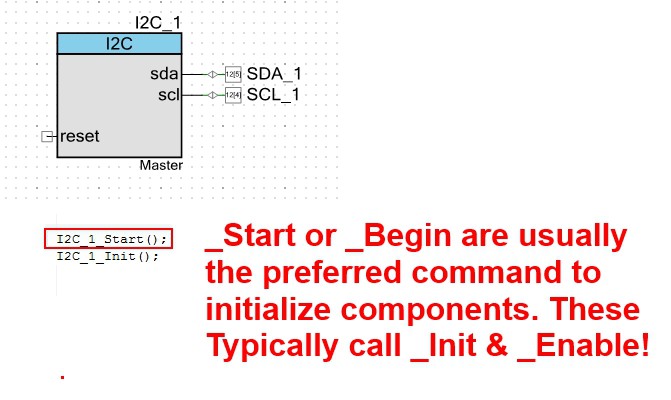
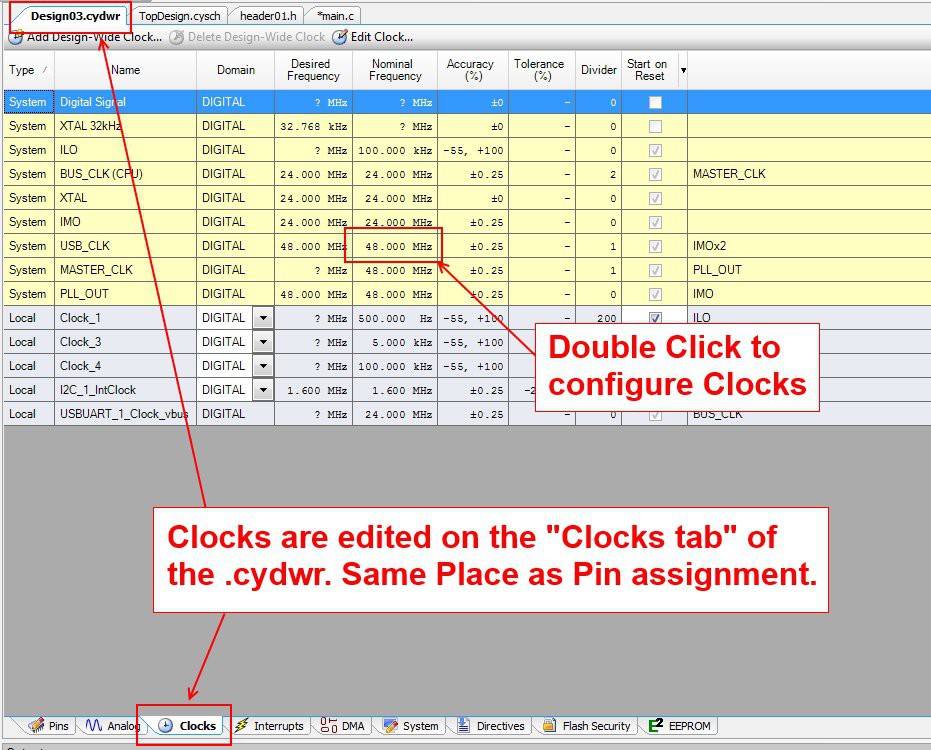
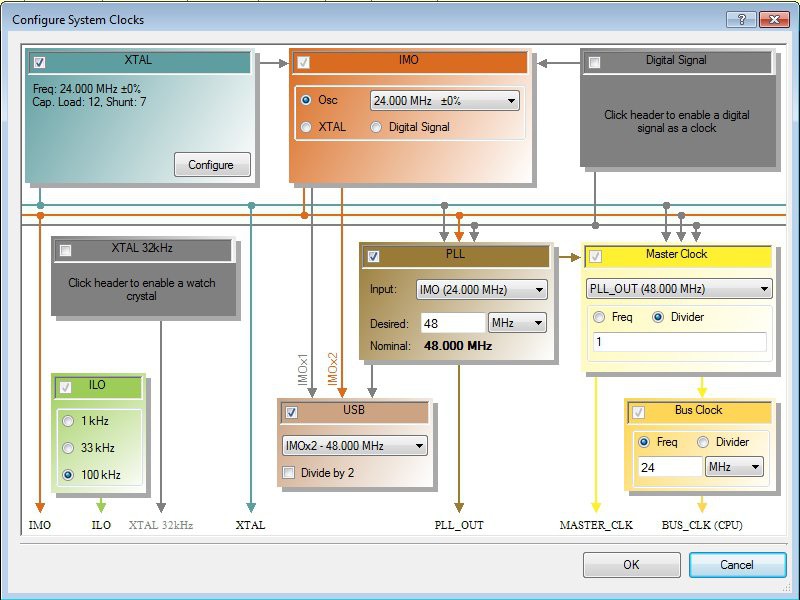

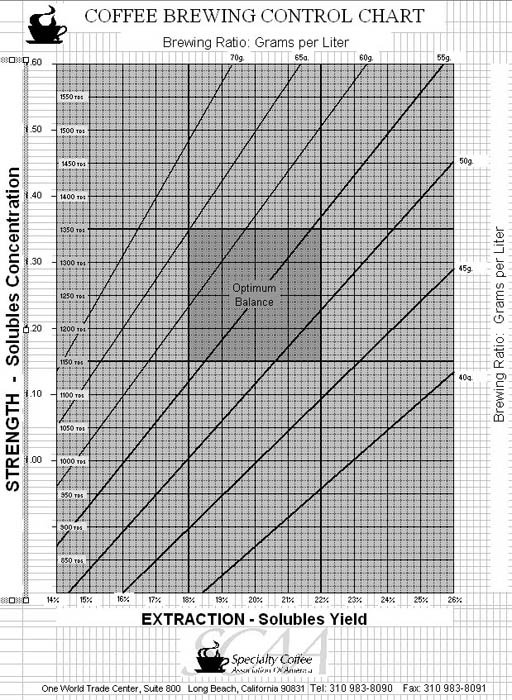





It's truly perfect engineering! It's been very baffling to "graduate" from Arduino, yet I'm wanting to do an entire instructional exercise on the fundamental do's and don'ts. Whenever I've made it work,flat white coffee is really flawless how much documentation they give you with every part!